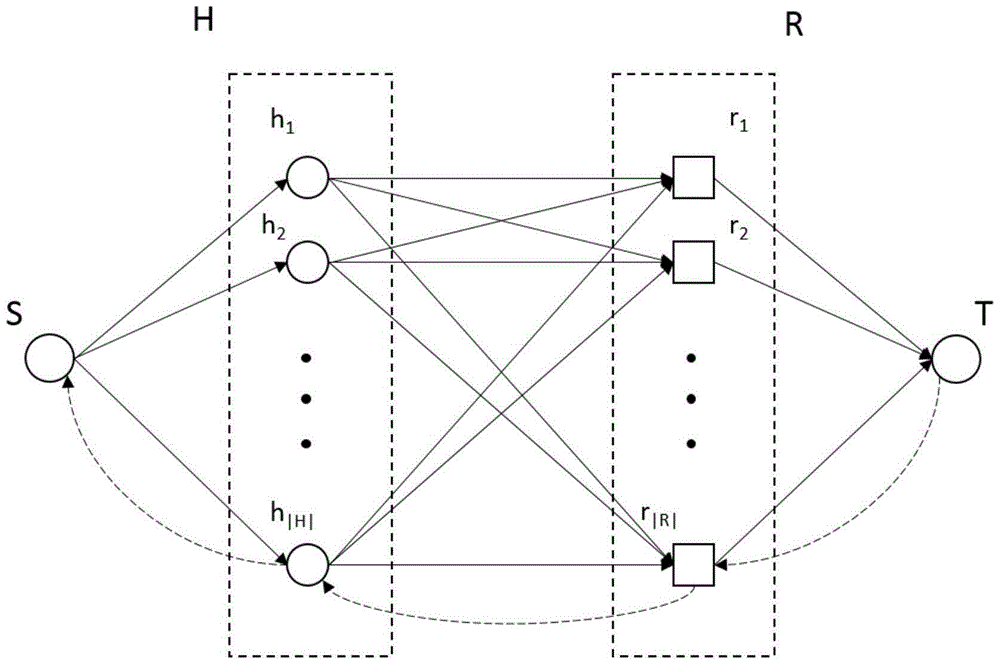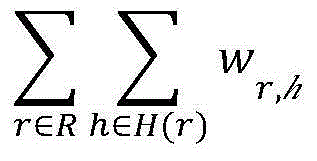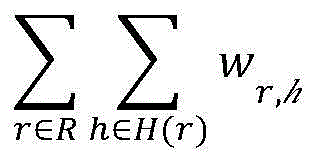Mutual evaluation method for homework of students during online course
A technology for homework and courses, applied in the direction of instruments, data processing applications, calculations, etc., can solve the problems that affect the reliability of mutual evaluation results, the workload of manual scoring is large for teachers, and the accuracy of technical level is difficult to guarantee.
- Summary
- Abstract
- Description
- Claims
- Application Information
AI Technical Summary
Problems solved by technology
Method used
Image
Examples
Embodiment Construction
[0042] A method for mutual evaluation of homework in online courses proposed by the present invention is applied on a large-scale online education course platform, and is described as follows in conjunction with the accompanying drawings and embodiments:
[0043] The method and embodiment specifically include the following steps
[0044] 1) Extract the features of student learning records:
[0045] A set of features is extracted from the learning records of students on the MOOC platform, which may include but not limited to: the number of questions answered by students in the course, the number of attempts, scores, and other indicators related to the performance of students in the course; The values corresponding to the features are combined into a vector to represent a student (acting rater or rateee);
[0046] If there are lf features in total, the generated vector is F, and the value of F in the i-th feature is F i ;i=1,2,...lf
[0047] 2) Calculate the similarity of s...
PUM
 Login to View More
Login to View More Abstract
Description
Claims
Application Information
 Login to View More
Login to View More - R&D
- Intellectual Property
- Life Sciences
- Materials
- Tech Scout
- Unparalleled Data Quality
- Higher Quality Content
- 60% Fewer Hallucinations
Browse by: Latest US Patents, China's latest patents, Technical Efficacy Thesaurus, Application Domain, Technology Topic, Popular Technical Reports.
© 2025 PatSnap. All rights reserved.Legal|Privacy policy|Modern Slavery Act Transparency Statement|Sitemap|About US| Contact US: help@patsnap.com



